The idea that there is some collective, monolithic thing called the New Normal is a myth, constructed as part of our coping with the massive uncertainty we all face.
We all crave the way it used to be – the feeling of comfort that we have some control, some semblance of confidence about what comes next At least, pre-Covid, we were not questioning the moorings of our business life, as if we were experiencing an earthquake measuring high on the Richter scale.
Today, the most over-used business buzz phrase is the “new normal”. The notion of “NN” has a couple of components – 1) the recognition that there has been a fundamental shift in our reality, and as we begin to get our sea legs, we imagine it will be different than before, and 2) we that we will gravitate to some state of predictability – even if the new one is onerous and weird.
Nothing wrong with that. We are just humans doing what humans do. But as we think about our businesses, we must be smart about how we respond to this craving for normalcy. This means applying rigor and discipline in evaluating the shifts and pivots required to appeal to new customers and importantly, retain the ones we have and value highly.
Is there one simple, coherent way to describe how new and existing customers will behave? Probably not. Since the simple economic circumstances we face will likely wipe out some existing customers, it makes sense to look closely at those that remain.
Likely, you know your customer and market segmentation. You may have even defined buyer personas to give that segmentation view a rich behavioral texture. In short, you are already thinking about changing needs and buying patterns. Recognize that we all may undergo several rounds of change; things may not settle down to any stable version of NN in the short term.
Most companies say, “we’ve been in touch with all our key customers, to let them know we’re here and that we care”. That is good, in that relationships matter, but quite likely there is more work to do than simply reassuring customers.
Understanding your customer’s outlook requires letting a little time pass, so they actually know where they stand. Now may be time to circle back and truly understand that outlook, to determine what your retention and loyalty risk factors might be.
After all, if you reached out in the early stages of the pandemic, it was not possible, or appropriate to probe about future buying intentions. We are entering that phase where it is ok to ask. Each customer will certainly have their own version of normal. And that is the real normal.
Customer insights is where we live. Let us know how we can help.

